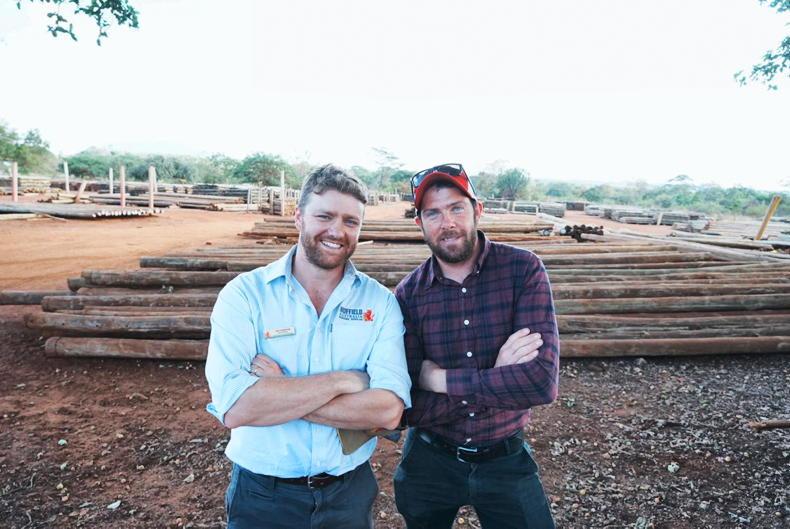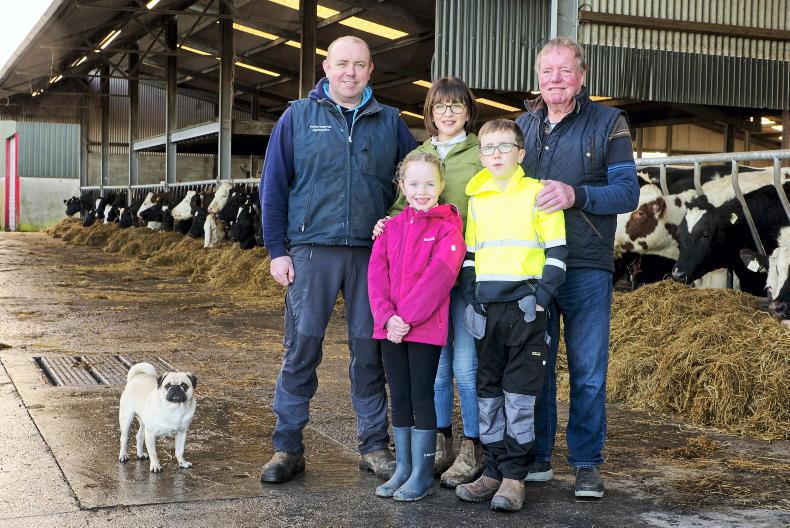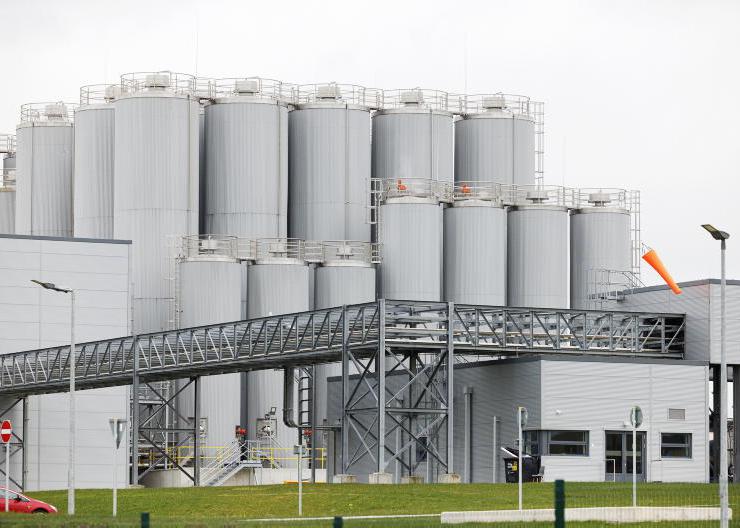One of our focus farms is looking to significantly expand its suckler herd over the next two to three years.
However, increasing herd size by 30 cows in a short space of time could have a major impact on the day-to-day running of the business. For that reason, we sat down last week and prepared a cashflow budget for the farm.
This has allowed us to track where the pinch points are for cash in the current system, what the impact would be of keeping back more homebred heifers this year or purchasing-in.
The budgeting process within this then brings about better control of funds available
Even for a business that is not looking at significant changes, preparing a cashflow budget leads to an understanding of the cash position of the business, both month-to-month and across the entire year. The budgeting process within this then brings about better control of funds available.
A cashflow budget needs to be referred to, with the inflows and outflows compared with the budgeted figures.
For this to be possible, the budget needs to be broken down into periods – monthly or quarterly. This will take a bit of work, but for the process to be of value this effort will more than pay for itself.
The first thing to do is to pull together the cash inflows and when they will happen. Many of these figures will be unknown.
However, using the previous year as a guide will give a good indication if the business and wider landscape are relatively stable.
Building the budget
We started with the cattle, sheep and crop sales. We know how many store cattle are on the farm and when we will be selling them, so taking an estimation of the market value of the animals gave us an idea of income there. The farm is in the middle of lambing just now, so we don’t have an exact idea of how many lambs we will have, however, we do have scanning results and last year to work with.
Cropping-wise, we know how many acres of each crop are in the ground and a history of yields, so we used that as our tonnage grown.
We deducted an amount to be kept for feeding and then valued the grain at a conservative figure to get an idea of total value of crop to sell.
Finally, we split the sales up as to when we expect them to happen and, more importantly for the budget, when the money will actually hit the bank – as this is the critical part. Grain sold at harvest but not paid for until October means that the sale value goes in the October column.
Other income figures include all support payments, renewables, phone masts and wayleaves, machinery sales, VAT refunds, off-farm income and any loans received. Some of these will again be known, others may require consulting the previous year and making an estimate.
Sensible estimates are by no means a problem and as the years go by they will become more concrete, with greater knowledge as to what is happening on the farm.
Items such as machinery sales, VAT and loans received still have an impact on the in and out flow of cash from the business and need to be recorded. Once we finished with the cash inflows, we then moved onto the cash outflows. Again, some we know and some are estimates.
For instance, the fertiliser bill we know is due at harvest time as that is the deal that was put in place. Others, such as fuel, we used the previous year’s purchase volume and profile to shape this year’s.
More difficult items are things such as repairs, vet and miscellaneous livestock and crop expenses. Here we took previous year’s figures from the farm accounts and distributed them across the months. Loan repayments and finance costs are relatively stable and thus quite predictable. Payment schedules were followed and added to the budget.
Finalising figures
Once we had all of the numbers on the sheet, we then looked to check that it all made sense and made adjustments where required to give as accurate a record as possible. We also added in the current bank balance to see how the cashflow stood against the overdraft.
The current plan is to retain some heifers and purchase others once cashflow frees up, getting the best of both worlds
This led to a few other changes to purchases and sales, as a couple of months were too close to the limit for comfort. Following this, we made estimates as to heifer costs and heifer sales, if they are to be retained, and had a look to see how that impacted cashflow.
The decisions are still to be finalised, however, the current plan is to retain some heifers and purchase others once cashflow frees up, getting the best of both worlds.
Knowledge is power in these situations and the final piece of the puzzle will be to continue the exercise throughout the year, comparing the budgeted numbers with the actual figures.
For some, it will mean that opportunities will be available to beat the targeted number. For others, when figures don’t match, it will allow for lessons to be learned for the future.
With spring calving either finished or coming to an end across most units, thoughts now turn to another season. It won’t be long until bulls go back in for next year’s calf crop.
With that in mind, now is the time to get a bull breeding check carried out. Most vets can offer this service and it is a very cheap insurance policy for the herd.
A sub-fertile bull can wreak havoc in a herd and unless a full check-up is carried out, it is not until well after the breeding season is finished before this becomes apparent.
Weaning rate is one of the key drivers of profitability in a suckler system and the first part of making the most of this is to have the cows pregnant in the first place. Carrying out a soundness examination now also gives a farmer time to source a replacement, get him home and transition them into your unit.










SHARING OPTIONS